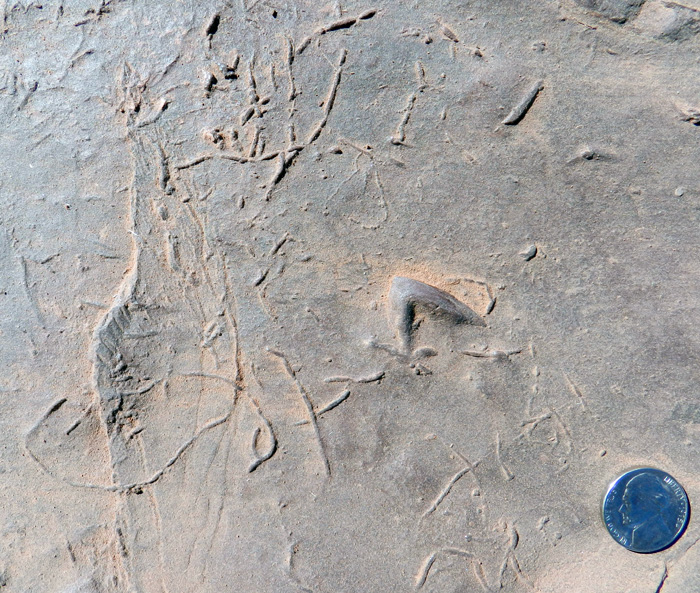Yeah, I was just thinking of fossil worm trails myself, Tom. It's certainly a possibility. I suggest the poster use Google Image and search "fossil worm trails" or a similar search. They will often meander about the surface of the rock in exactly the fashion seen in the poster's rock. And I am thinking worm trails is exactly what was in the back of my mind all along. And I call myself a fossil collector, lol....
https://healingmagichands.wordpress....04/22/fossils/

And a bit more on "trace fossils":
https://healingmagichands.wordpress....04/22/fossils/
And a bit more on "trace fossils":


Comment